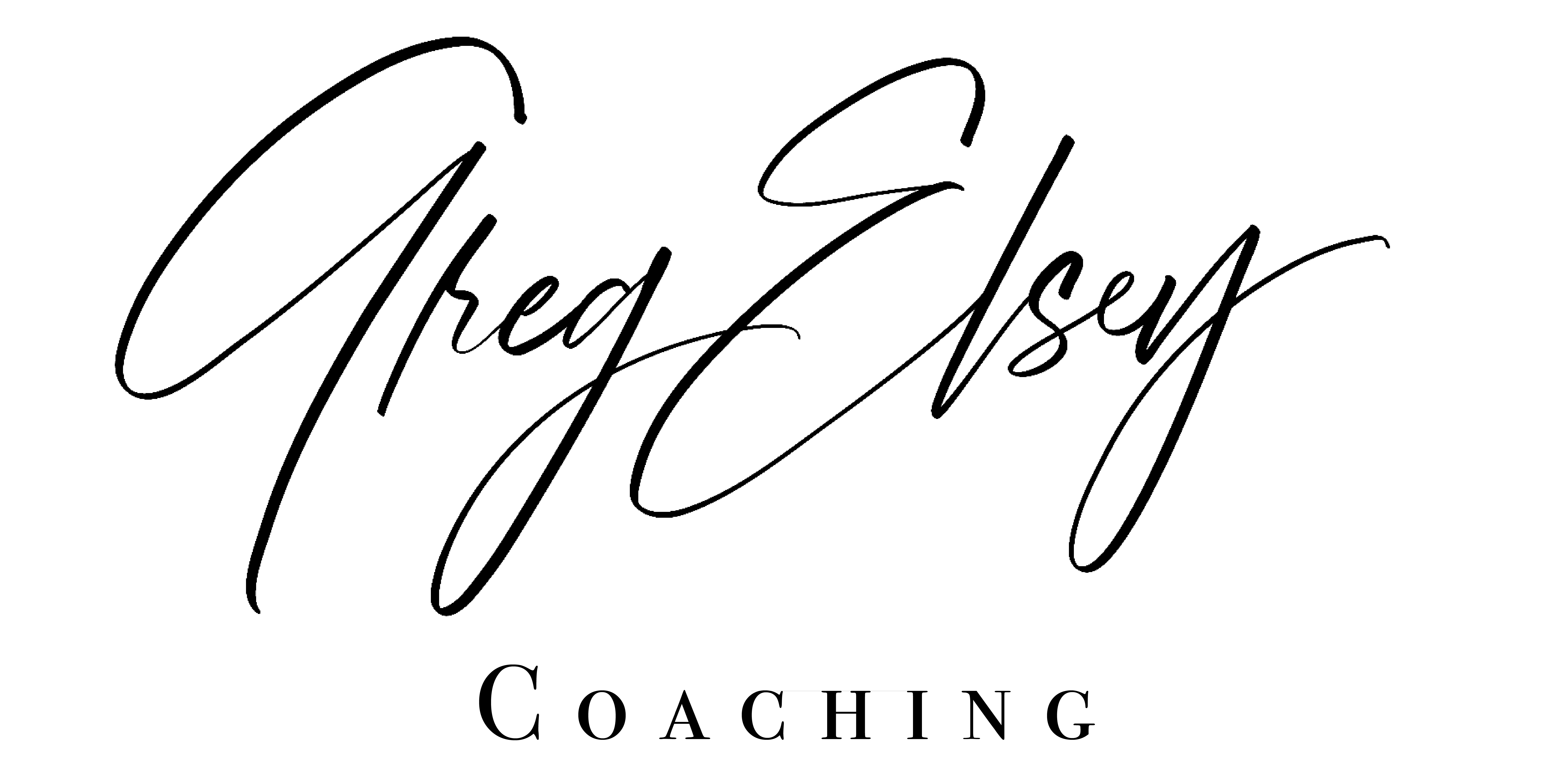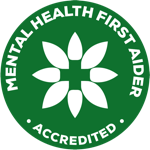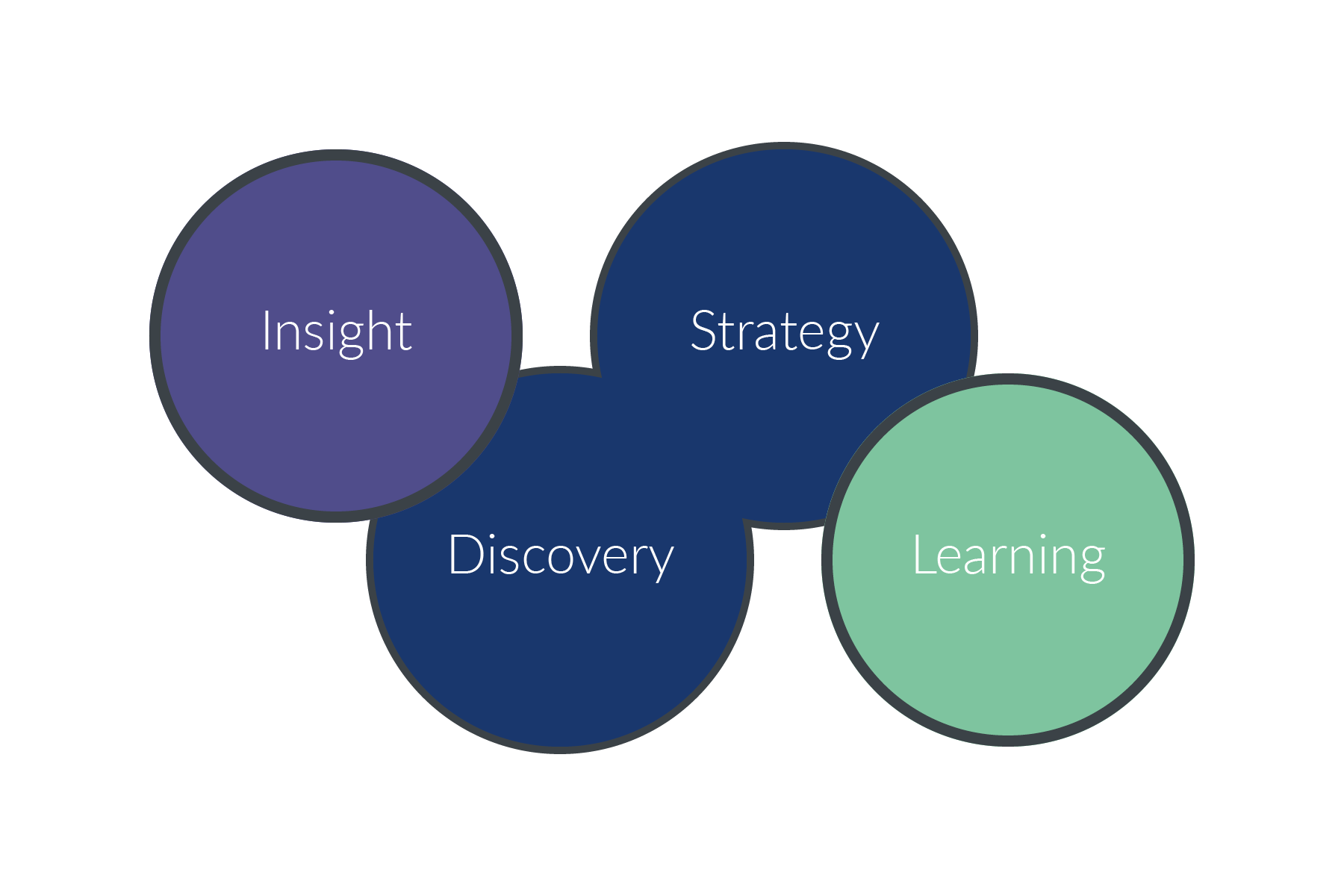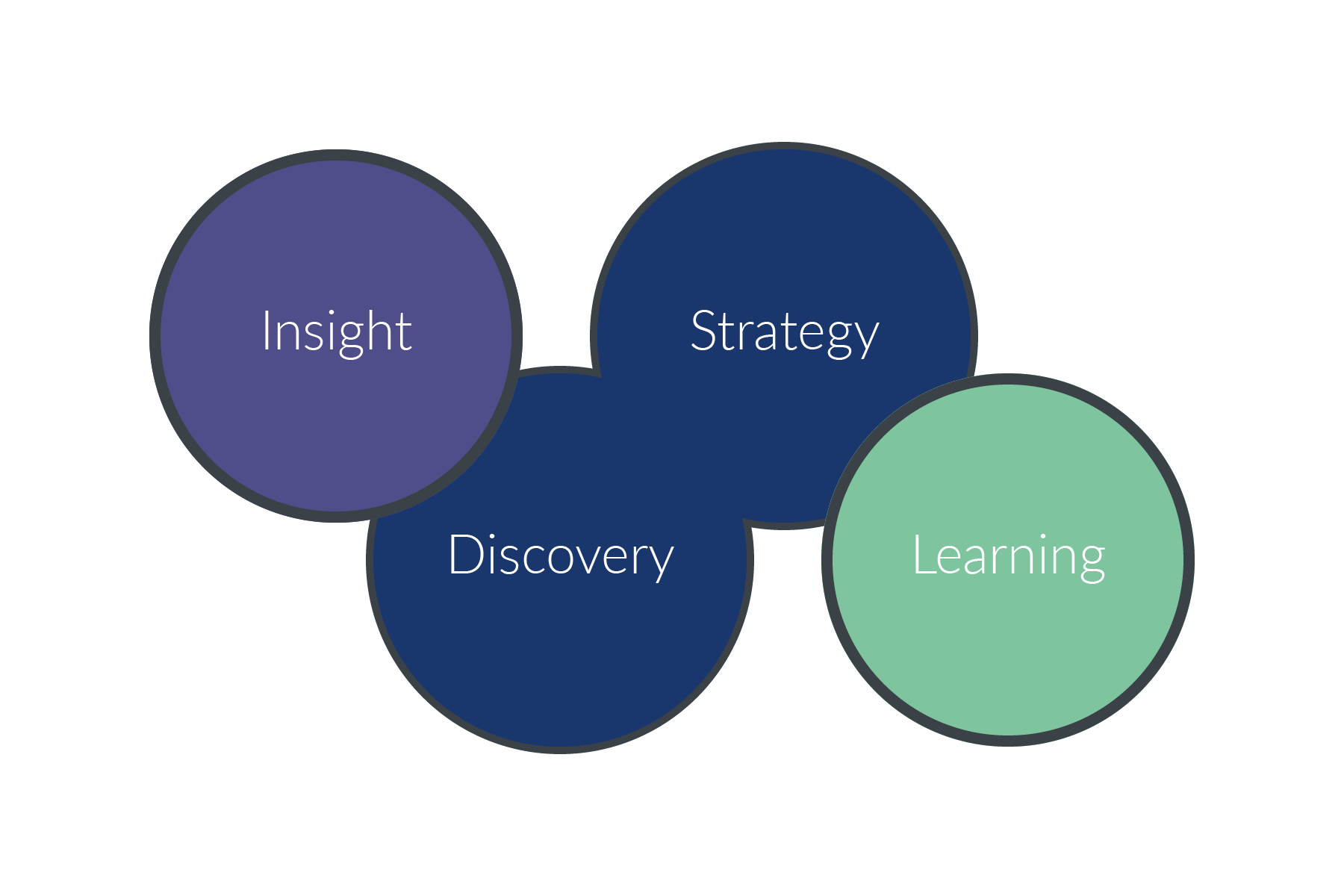Setting goals is an essential part of personal and professional growth. However, it's not enough to simply have a vague idea of what you want to achieve. Setting effective goals requires a structured approach, such as using SMART goals and Well-Formed Outcomes (WFOs). I will explore these two methods and how they can help you achieve your goals.
SMART Goals
SMART is an acronym that stands for Specific, Measurable, Achievable, Relevant, and Time-bound. This approach helps to ensure that your goals are clear and well-defined. Here's what each element of SMART goals means:
Specific: Your goal should be precise and unambiguous. It should state exactly what you want to achieve. Measurable: Your goal should be quantifiable, so you can track your progress and determine when you have achieved it. Achievable: Your goal should be realistic and attainable. It should be challenging, but not so difficult that it is impossible to achieve. Relevant: Your goal should be relevant to your overall objectives and aligned with your values. Time-bound: Your goal should have a deadline or target date for completion. This helps to create a sense of urgency and provides a framework for measuring progress.
Using SMART goals can help you to set clear and achievable goals that are aligned with your values and objectives.
Well-Formed Outcomes (WFOs)
Well-Formed Outcomes (WFOs) are a framework for setting goals that go beyond the basic structure of SMART goals. WFOs incorporate additional elements that help to ensure your goals are truly aligned with your deepest desires and values.
WFOs include the following elements: Positive: Your goal should be stated in a positive manner, focusing on what you want to achieve rather than what you want to avoid. Ecological: Your goal should take into account the impact on yourself and others. It should be aligned with your values and not conflict with other goals or obligations. Evidence: Your goal should be based on evidence that it is possible to achieve. This can be based on past experiences or the experiences of others. Resources: Your goal should take into account the resources required to achieve it, including time, money, and skills. Outcome: Your goal should be focused on the outcome rather than the process. This means focusing on the end result rather than the steps required to achieve it. Well-Formed: Your goal should be well-formed, meaning that it is stated in a clear, concise, and specific manner.
Using WFOs can help you to set goals that are truly aligned with your deepest desires and values. By taking into account the impact on yourself and others, and considering the resources required, you can set goals that are achievable and meaningful.
Combining SMART Goals and WFOs
By combining SMART goals and WFOs, you can create a powerful framework for setting and achieving your goals. Start by using SMART goals to define the basic structure of your goal. Then, use WFOs to refine and deepen your understanding of the goal. This will help you to ensure that your goals are truly aligned with your values and desires, while also being clear and achievable.
In conclusion, setting goals is a critical component of personal and professional growth. By using SMART goals and WFOs, you can create a structured approach that helps you to set clear, achievable goals that are aligned with your values and deepest desires. By taking the time to set effective goals, you can achieve greater success in all areas of your life.



